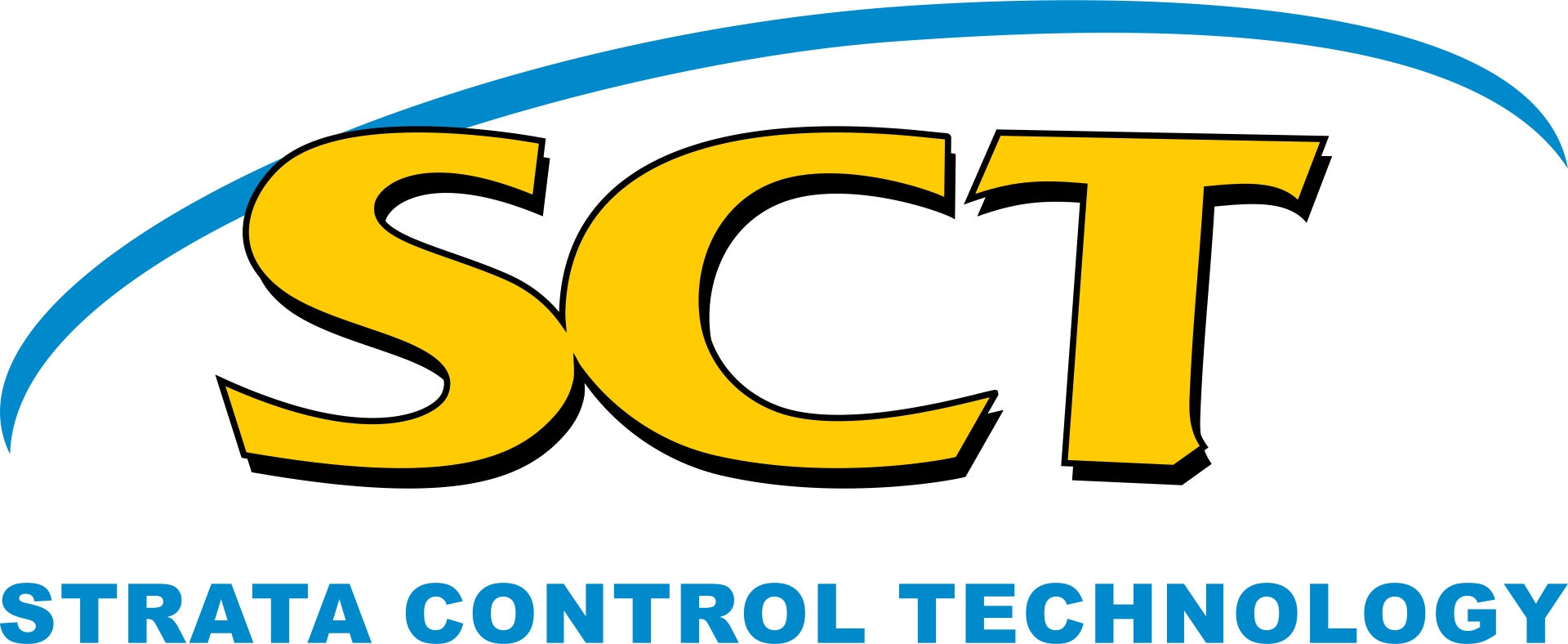Welcome to SCT's own publications library which contains a collection of recent publications and other resources with reliable research about our technology.
-
Measurement of the height of depressurisation and fracturing above a longwall panel
Published Feb, 2024This paper presents the findings of a program of work to determine the height of mining induced fracturing and the height of groundwater depressurisation above a longwall panel. The program of work utilised two fully cored boreholes drilled from surface at Tahmoor Colliery, located southwest of Sydney in the Southern Coalfields in New South Wales. The boreholes were drilled adjacent to and over a subcritical longwall panel, one before and one after extraction of the longwall panel. Measurement-of-the-height-of-depressurisation-and-fracturing-above-a-longwall-panel-BBlacka-and-ARippon-2024.pdf1.7 MB -
Connectivity of Mining Induced Fractures Below Longwall Panels A Modelling Approach - Yvette Heritage - Winton Gale - Adrian Rippon
Published Feb, 2017Gas make into active longwall panels is an important issue in ventilation and gas drainage design. A method of simulating the mining induced fracture network and associated increase in hydraulic conductivity is a necessity for improved mine design, hazard management planning and gas drainage efficiency. This paper identifies and illustrates the key components in determining the connectivity of lower gas sources to an active goaf. Computer modelling identifies the formation of cyclic fractures that form below the longwall face and extend down back below the goaf. These cyclic fractures form when the stress conditions are high enough and the strata properties allow for shear failure to extend down through the strata.
The mining induced fracture formation and stress redistribution creates increased hydraulic conductivity of the floor strata below the active goaf. The stress redistribution and fracture volume also reduce the pore pressure below the goaf, allowing gas desorption to occur from lower seams. The combination of gas desorption and increased hydraulic conductivity allows gas connectivity from gas sources below the seam to the active goaf. A monitoring program at a NSW mine as part of ACARP Project C23009 allowed for preliminary validation of the concepts illustrated from the computer modelling. Preliminary field gas flow measurements are within the range of connectivity expectations based on rock failure modelling of longwall extraction. This report presents the first validation results for the modelling approach presented in this paper. Further results from ACARP Project C23009 on optimisation of gas drainage will follow in future publications. Connectivity-of-mining-induced-fractures-below-longwall-panels-A-Modelling-Approach-Y.Heritage-W.Gale-A.Rippon-2017.pdf1.3 MB
